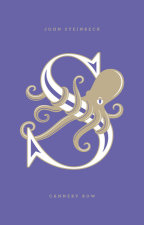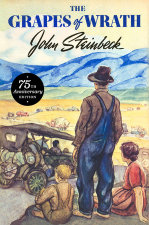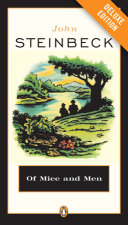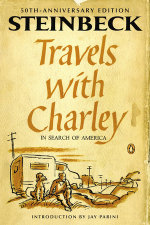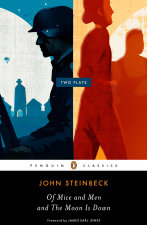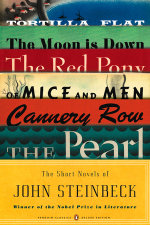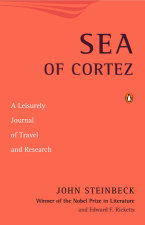Cup of Gold
A Life of Sir Henry Morgan, Buccaneer, with Occasional Reference to History
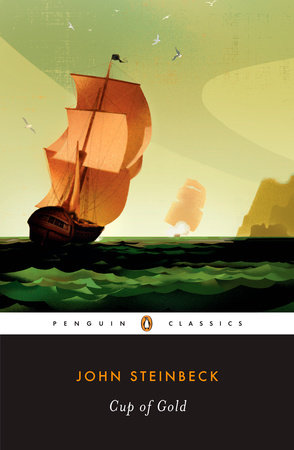
Steinbeck’s first novel and sole work of historical fiction—the violent, exciting story of the infamous pirate Henry Morgan
A Penguin Classic
From the mid-1650s through the 1660s, Henry Morgan, a pirate and outlaw of legendary viciousness, ruled the Spanish Main. He ravaged the coasts of Cuba and America, striking terror wherever he went. Morgan was obsessive. He had two driving ambitions: to possess the beautiful woman called La Santa Roja and to conquer Panama, the “cup of gold.” Cup of Gold is a lush, lyrical swashbuckling pirate fantasy, and sure to add new dimensions to readers’ perceptions of this all-American writer. This edition features an introduction by Susan F. Beegel.
For more than seventy years, Penguin has been the leading publisher of classic…
John Steinbeck, born in Salinas, California, in 1902, grew up in a fertile agricultural valley, about 25 miles from the Pacific Coast. Both the valley and the coast would serve as settings for some of his best fiction. In 1919 he went to Stanford University, where he intermittently enrolled in literature and writing courses until he left in 1925 without taking a degree. During the next five years he supported himself as a laborer and journalist in New York City, all the time working on his first novel, Cup of Gold (1929). After marriage and a move to Pacific Grove, he published two California books, The Pastures of Heaven (1932) and To a God Unknown (1933), and worked on short stories later collected in The Long Valley (1938).…



